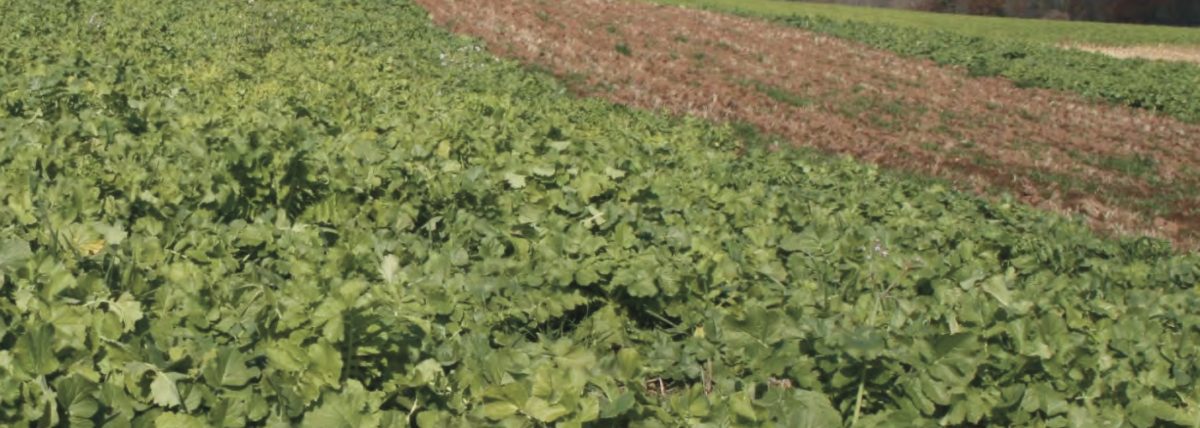
Mike Ballweg, Sheboygan County Extension Agricultural Agent – Crops and Soils, University of Wisconsin-Madison, Division of Extension, Richard Proost, Southesast Regional Agronomist, Nutrient & Pest Management Program, University of Wisconsin-Madison, Matt Ruark, Professor and Extension Soil Fertility Specialist, University of Wisconsin-Madison
Oilseed radish (Raphanus sativus L.) is a member of the Brassicaceae or Cruciferae plant family commonly referred to as the mustard family. This plant family includes broccoli, kale, cauliflower and cabbage. There has been considerable interest in growing oilseed radish as a cover crop in Wisconsin due to claimed benefits such as alleviating soil compaction and scavenging excess plant nutrients. This research summary specifically addresses the uptake of nitrogen and its availability for the next season’s corn crop.
One concern is that the majority of the radish cover crop research has been conducted in the Mid-Atlantic region of the United States, a region with vastly different agronomic conditions than in the Upper Midwest. Research for this publication summarizes six site-years of data collected in east central Wisconsin and is developed to help growers better understand the limitations and benefits of growing oilseed radish in Wisconsin.
View the 3 page PDF>> Does Oilseed Radish Provide Nitrogen Credits?